Fashion
Gunjan Kunwar talks about her Journey, challenges and opportunities in the ever competitive modeling industry
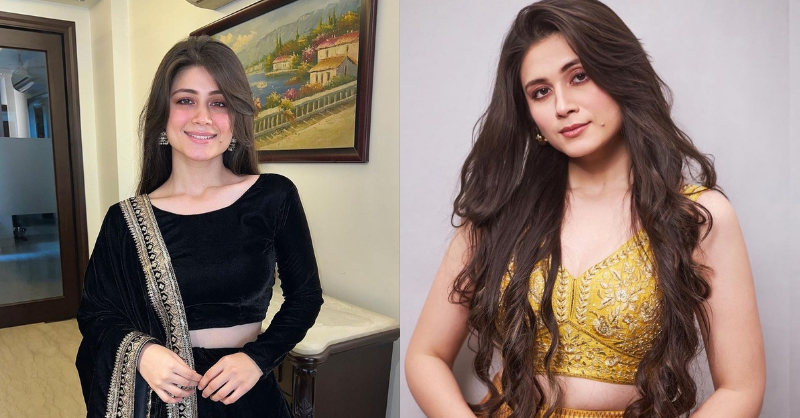
Know the inspiring story of Gunjan Kunwar and her interesting perspective on the modeling industry in Uttarakhand
Gunjan Kunwar paved the way for herself and many others by winning the Miss Uttarakhand title in 2022. We often wonder, what all goes behind the glitz and glamor of beauty pageants? We wanted to know it all from someone who has been there and, to be honest, Gunjan Kunwar does have an interesting perspective on the modeling industry. We asked her about her story and how it all started. We had a little chat with her over the same, where she talked about the challenges and opportunities she encountered along the way, such as navigating the competitive landscape of the industry, building a personal brand, and learning how to strike the right balance between professionalism and personal goals. It gets more interesting when she adds up her proudest moments and accomplishments. Catch this fascinating glimpse of the modeling industry from someone who has been there for quite some time. Scroll down to read our brisk conversation with her.

Scroll Down to read more!
How did you get started in the fashion and modeling industry, and what inspired you to pursue it? And what is Gunjan Kunwar doing right now?
Soon after I was done with my school, I started posting on Instagram, and to be honest, I wasn’t doing something extremely mainstream. My fashion content was all about what fashion means to me and what I find comfortable and people did appreciate my content for its uniqueness. How I won the pageant and became Miss Uttarakhand story also kinda starts from here. I applied for the competition somewhere around December 2021 and the whole thing was quite confidential and even my parents were unaware of that. I was not quite sure about the whole thing at the start but when I got the mail of selection, I was really excited and from there I took this all seriously.
I have always kept my academics as my priority. I remember how I wasn’t able to attend the grooming classes before the pageant because I had my exams. It was a task for me to balance everything out but everything went well and here I am. If you ask me what I am doing right now, I have studied physiotherapy and currently, I’m pretty occupied with my internship.
What’s your favorite part about being a model and an influencer?
Whether it’s about being a model or an influencer, my all-time favorite thing has to be in front of the camera. I have tried a number of things but when it comes to doing stuff in front of the camera, it all comes very naturally to me.

Do you have any favorites when it comes to designers or brands?
I’m really inclined towards ethnic Indian wear, especially sarees, and suits. I think it suits me and matches my personal style as well. If you ask me about designers, Sabyasachi is the first name that comes to my mind. I also like Manish Malhotra but his Indian wear collections have a pinch of western elements to it. On the other hand, I’m a huge fan of how Sabyasachi represents our culture with its patterns and detailing which makes it my personal favorite.
What do you think are the biggest challenges facing the fashion and modeling industry in Uttarakhand, and how did you deal with these challenges?
If we talk from the perspective of people who want to make a career in the industry, I think they lack confidence and resources. It was when I entered the industry, I got to know about the immense potential people here have but most of them lack confidence in themselves. Apart from that, there are not enough resources and awareness about it here. Even if someone is aspiring to be something in the industry, they are not sure about “How to Start”.
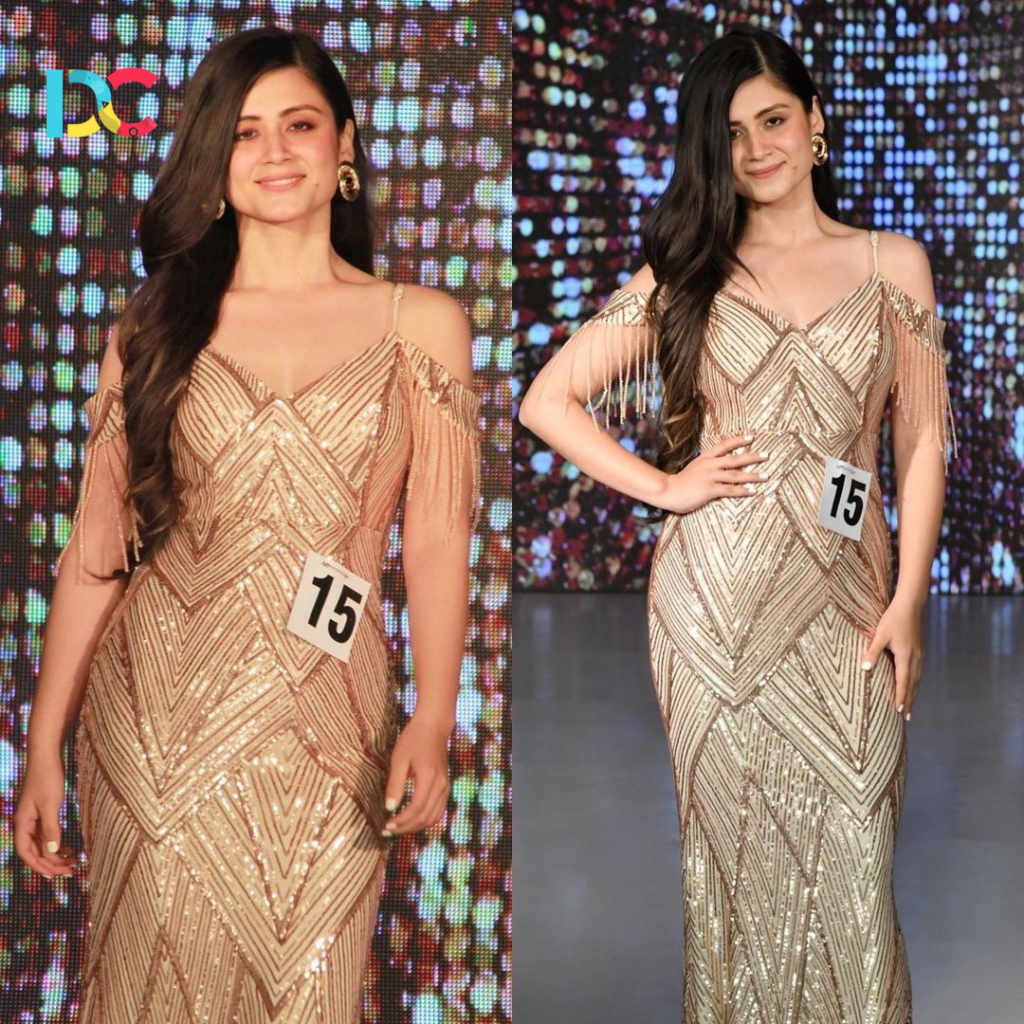
What changed after you won the pageant? What is it like for the models on the other side?
First of all, when I heard my name being announced, I was on cloud nine. Personally and professionally, a lot has changed after that for me. There is a thin line between being confident and overconfident and I learned to acknowledge that. Back in the day, I believe that I was really overconfident about a lot of things but with time, I realized to draw a fine line between things. Now I believe in having faith in your skills, doing hard work for things you want, and believing in destiny. After winning the pageant, a lot of recognition happened. I received congratulatory calls from my relatives and even from local politicians. Soon after that, I got Uttrakhand Achiever’s Award, and also many opportunities kicked in. And though I was quite known already for being an influencer, this experience was really different. When people meet me now they recognize me as Miss Uttarakhand winner and feel like I have achieved something.
Some people argue that the fashion industry perpetuates a culture of consumerism and waste. Do you think people can be sustainable while still being trendy?
I think people who are very much influenced by modern culture don’t think much before hopping onto a new trend. I think, instead of trying too many new things to fit in, we should rather preserve what we already have. I have mentioned above my love for Sabyasachi designs and I stick to that. Secondly, one should be aware of their own fashion preferences and should not just try things because everyone else is doing so and it is a trend. Coming to the sustainability point, I have a few suggestions that can be followed personally. I think it all will start with conscious buying. Knowing what suits you is the first step and then, you should go for the basics that can be worn and styled in many ways on different occasions.

What advice do you have for young people looking to break into the fashion and modeling industry?
First of all, “Be your own cheerleader”. When you go into the industry, there won’t necessarily be people out there patting your back when you do something amazing. It’s good if you have found yourself in a supportive environment but you should always be prepared to encourage yourself. When you go out there and meet people, especially the ones who consider you a competition will try to drag you down but you have to stand strong. Secondly, you have to be confident out there and stand strong on things you believe in. And most importantly, you should always set and respect your boundaries. Whenever you are making important decisions, think it through.
Also Read: Mr. North India 2023, Abhishek Singh Talks About His Journey In The Indian Modelling Industry.
Follow us for more @discultured
Business
France’s Reckoning With Ultra-Fast Fashion: Why Shein Is at the Center of a Larger Conversation?

There appears to be a quiet yet undeniable shift underway in how nations are beginning to reckon with the fashion industry, particularly the segment that thrives on speed, relentless volume, and the seductive promise of impossibly low prices. In 2025, France has emerged as one of the first major economies to confront this hyper-accelerated model head-on, not merely by issuing fines or launching investigations, but by challenging the very system that enables it. At the center of this reckoning stands Shein, the Chinese retail juggernaut that has become synonymous with algorithm-driven production. Yet, what makes this moment in France especially significant is not only the legal action being taken against a single company, it is the broader cultural and ethical inquiry being posed. With growing urgency, the country seems to be asking whether we can continue to dress ourselves at this breakneck pace, cloaked in convenience and novelty, without confronting the environmental, human, and psychological costs that are too often obscured by polished interfaces.
€40 Million Fine for Misleading Practices
In July 2025, France’s Directorate General for Competition, Consumer Affairs and Fraud Control (DGCCRF), the country’s principal consumer protection authority, levied a €40 million fine against Shein, marking one of the most high-profile regulatory actions yet against a fast fashion giant. The fine followed an extensive investigation conducted between October 2022 and August 2023, which uncovered a pattern of misleading business practices at the centre of Shein’s digital storefront. More than half of the discounts promoted on its website were found to be deceptive, offering no tangible benefit to the consumer, while others relied on inflated original prices to manufacture the illusion of savings. Even more concerning to regulators were the company’s sustainability claims: bold assurances of a 25% reduction in greenhouse gas emissions and microfiber pollution were, as the DGCCRF concluded, entirely unsubstantiated and unsupported by verifiable data. Though Shein, through its European subsidiary Infinite Style Ecommerce Co Ltd (ISEL), accepted the penalty and claimed to have implemented corrective measures by May 2023, the underlying message from French authorities rang louder than any corporate statement.

Proposed Legislation Signals a Larger Shift
While the €40 million fine made headlines, it represents just one facet of the mounting scrutiny Shein now faces in France. In June 2025, the French Senate took a more structural approach by passing a groundbreaking bill that, if enacted, could fundamentally alter the way ultra-fast fashion brands operate within the country. At the centre of this proposed legislation is an eco-contribution tax. The bill also lays out stringent new requirements for sustainability reporting, alongside tough advertising regulations that aim to limit visibility for brands that fail to meet clear environmental standards. One of the most notable implications of the legislation lies in its potential to curtail influencer-led marketing strategies, a pillar of customer acquisition for companies like Shein that rely heavily on social media virality and affiliate promotions. Although advocacy groups have raised concerns about a perceived disparity in how European retailers, including Zara and H&M, are being treated under the same regulatory lens, the passage of this bill signals something deeper. It reflects a growing legislative will to confront not just the ecological toll of ultra-fast fashion, but also its broader cultural, ethical, and economic footprint, raising the question of whether the era of unchecked consumerism is nearing its limits.
The Environmental Impact Can’t Be Ignored
One of the driving forces behind the intensified scrutiny Shein now faces lies in the sheer scale of its environmental impact, an impact that reflects not only the brand’s rapid growth but also the systemic problems embedded within the ultra-fast fashion model. The fashion industry as a whole is already responsible for an estimated 10 percent of global carbon emissions, and Shein’s contribution to that figure is anything but marginal. In parallel, French authorities have flagged more than 700 Shein products for failing to adequately disclose environmental risks, particularly those related to microfiber pollution which is an increasingly urgent concern as microplastics continue to infiltrate aquatic ecosystems and public water systems. Beyond environmental violations, the company also remains entangled in serious allegations of labor abuses, including reported connections to forced labor in China’s Xinjiang region, which have only amplified the demand for a more enforceable supply chain transparency. Taken together, these issues have not only galvanized French regulators but are also prompting broader conversations across the European Union about whether the time has come to rein in the unchecked dominance of platforms that have long operated at the intersection of convenience, opacity, and cost-cutting excess.
EU Expands Regulatory Focus on Digital Fashion Platforms
The regulatory pressure mounting against Shein is no longer confined to France alone. The company is now being closely scrutinized at the European level, where its practices are being examined under the framework of the European Union’s Digital Services Act (DSA). In July, French Trade Minister Véronique Louwagie confirmed that formal investigations had been initiated to determine whether Shein is deploying so-called “dark patterns”. These tactics, while not always illegal, are increasingly seen as ethically questionable, especially when used at the scale and speed that Shein commands. The European Commission has already expressed concern over misleading pricing strategies and a general lack of transparency in the platform’s operations, signaling that the company may soon face regulatory consequences that extend well beyond French jurisdiction. What initially began as a case rooted in consumer rights has turned into a far-reaching conversation about digital ethics, platform accountability, and the environmental consequences of unchecked e-commerce, placing Shein at the center of a growing movement to hold digital-first fashion retailers to a higher standard of responsibility.
The Reaction: Divided but Loud
The public reaction to France’s regulatory moves against Shein has been swift, impassioned, and divided, reflecting the complexity of the issues at hand. Many people have welcomed the measures as a long-overdue reckoning for a fashion industry that has long operated in the shadows of overproduction, exploitative labor practices, and environmentally damaging shortcuts. For these voices, the crackdown represents a necessary step toward holding global retailers accountable for the true cost of low-cost fashion. Yet, not everyone sees it that way. Critics of the legislation have expressed concern that such regulations could disproportionately affect low-income consumers, many of whom turn to platforms like Shein for affordable access to clothing and personal expression. Through this lens, Shein can attempt to shift the conversation toward themes of economic inclusion and consumer freedom, portraying itself as a platform that democratizes fashion rather than undermines it. At its core, the debate is about far more than a single company. It is a larger tug-of-war between the urgent need for accountability and the equally pressing question of affordability.
Why This Matters
France’s actions in 2025 are not merely a response to the conduct of a single company but represent a deeper interrogation of the values, compromises, and contradictions that lie at the heart of the global fashion industry. When a country with as much cultural and political influence as France begins to layer financial penalties, proposed eco-taxes, advertising restrictions, and cross-border regulatory cooperation into a cohesive strategy, it signals more than just regulatory intent. It marks the beginning of a broader shift in how we understand fashion’s role in society. The question now is whether brands like Shein will evolve in response to this changing situation or attempt to maintain their dominance through speed, affordability, and mass appeal alone. Just as importantly, it remains to be seen how consumers will react when asked to look beyond the immediate gratification of the checkout page and confront the realities of where, how, and at what cost their garments are made. France may not bring the era of ultra-fast fashion to a halt overnight. But it may well be laying the groundwork for something more enduring.
Also Read: Your Wardrobe Might Be Reflecting a Recession
Follow us for more : Dis_cultured
Entertainment
Weekly Pop Culture Recap: Beyoncé Wears Custom Manish Malhotra at Cowboy Carter Tour Stop in Paris, Prada SS26 Criticized for Uncredited Use of Kolhapuri-Inspired Sandals

It’s been an interesting week across pop culture and fashion, full of moments that made us pause, think and take note. Catch up on everything that mattered, all in one place.
Beyoncé Wears Custom Manish Malhotra at Cowboy Carter Tour in Paris

Beyoncé delivered a sartorial statement during the Paris leg of her Cowboy Carter Tour 2025, commanding the stage at Stade de France in a custom creation by Indian couturier Manish Malhotra. The look not only complemented her performance but also marked a milestone moment for Indian design on an international platform.
The ensemble was an interplay of glamour and Western-inspired edge. A sleek black bodysuit, encrusted with crystals, was paired with thigh-high embellished boots and structured metallic detailing at the waist bringing together precision craftsmanship with bold stage presence.
Prada Spring/Summer 2026 Faces Backlash for Uncredited Use of Indian Kolhapuri Chappals

Prada’s Spring/Summer 2026 Menswear Show, held on June 22 at Fondazione Prada’s Deposito in Milan, is under fire. While the collection, designed by Miuccia Prada and Raf Simons, featured a range of soft, youthful silhouettes and minimalist set design, it was the footwear that grabbed attention online, especially from Indian audiences.
The flat, tan leather sandals with toe loops bore a striking resemblance to Kolhapuri chappals which is a traditional Indian footwear handcrafted in Kolhapur, Maharashtra. These chappals, protected under India’s Geographical Indication (GI) tag since 2019, are not just functional items but cultural artifacts passed down through generations.
Despite the obvious inspiration, neither the show notes nor the invitations made any reference to India or the artisans behind the original design. The omission has led to criticism, with many accusing the luxury fashion house of cultural appropriation. People are pointing out how global fashion brands often borrow from South Asian aesthetics without acknowledging the communities they come from.
While some Indian users expressed pride at seeing a homegrown design on a global runway, the larger conversation centered on the industry’s persistent blind spot when it comes to giving credit where it’s due. This oversight feels tone-deaf and all too familiar.
All Seven BTS Members Complete Military Service, Fans Eager for What’s Next
BTS is once again dominating conversations worldwide, and this time it’s for a long-awaited reason. All seven members—RM, Jin, Suga, J-Hope, Jimin, V, and Jungkook—have officially completed their mandatory military service in South Korea. With Suga, the final member, discharged on June 21, 2025, after serving as a social service agent, the group’s chapter of enlistment has come to a close. Naturally, anticipation is at an all-time high as fans eagerly await what’s next for the global superstars.
Stray Kids’ Seungmin Joins Burberry as New Brand Ambassador

British luxury label Burberry has officially announced Seungmin of Stray Kids as its newest brand ambassador. In a statement released on June 17, the fashion house praised Seungmin’s individuality and creative spirit, noting that his bold presence in both music and fashion aligns seamlessly with Burberry’s vision.
Creative director Daniel Lee welcomed him to the brand, saying, “We’re excited to have Seungmin join the Burberry family. His distinct style and energy bring a fresh perspective to our ongoing journey.” Reflecting on the partnership, Seungmin shared, “Becoming a Burberry ambassador is truly an honor. The brand’s heritage and identity inspire me, and I’m looking forward to what we’ll create together.”
Also Read: Sabrina Carpenter’s Man’s Best Friend and the Politics of Pop Imagery
Follow us for more : Dis_cultured
Events
The Biggest Moments for Indian Cinema at Cannes 2025 That Had Everyone Talking

The Cannes Film Festival has always been a celebration of global cinema, glamour, and groundbreaking storytelling and this year was no different. Cannes 2025 stood out for its powerful mix of legacy and new voices, and Indian cinema found itself right at the heart of it all. Here’s a look at all the incredible moments that made this year’s festival really unforgettable for Indian cinema and had everyone talking.
Neeraj Ghaywan’s Homebound Earns Global Applause and a Nine-Minute Ovation

When Neeraj Ghaywan’s film Homebound was screened in the Un Certain Regard section at the festival, it received a powerful nine-minute standing ovation, becoming a proud and emotional moment for Indian cinema. Starring Ishaan Khatter, Janhvi Kapoor, and Vishal Jethwa, the film tells a touching story of friendship, dignity, and pain, set in the heart of rural North India. Legendary filmmaker Martin Scorsese, who supported the film as executive producer, praised it as an important work that adds great value to Indian cinema. Director Neeraj Ghaywan was clearly emotional, moved by the strong and warm response from the audience.
Restored Classic Aranyer Din Ratri Celebrated Satyajit Ray’s Timeless Legacy

The Cannes Classics section took audiences on a nostalgic journey with the screening of Satyajit Ray’s Aranyer Din Ratri (1970), now beautifully restored. The film received a warm standing ovation, with legendary actors Sharmila Tagore and Simi Garewal present at the screening. The restoration was made possible by The Film Foundation’s World Cinema Project, with support from the Golden Globe Foundation. Filmmaker Wes Anderson, a longtime admirer of Ray’s work, introduced the film and described it as a timeless exploration of self-discovery and the desire to escape city life. The screening served as a heartfelt tribute to Ray’s enduring legacy in world cinema.
Payal Kapadia Joined the Competition Jury

After gaining attention last year with her Palme d’Or-winning film, Payal Kapadia returned to Cannes in a new role as a member of the main competition jury. Her selection was an important moment for Indian representation at one of the world’s most respected film festivals.
The jury was led by French actress Juliette Binoche and included members like Halle Berry, Leila Slimani, Carlos Reygadas, Alba Rohrwacher, Jeremy Strong, Dieudo Hamadi, and Hong Sangsoo. Payal Kapadia’s participation added to India’s growing presence in international cinema.
Guneet Monga Launches New Scholarship to Support Women Filmmakers

Award-winning producer Guneet Monga introduced a new initiative at Cannes through Women in Film India (WIF India), the Indian branch of the global Women in Film network.
The recently launched Cannes Producers’ Scholarship by Marché du Film is designed to connect mid-career female producers with international business leaders. To support the cause of increasing visibility, mentorship, and opportunities for Indian women in the film industry, producers Rucha Pathak, Rabia Chopra, Tillotama Shome, and Dimpy Agrawal joined Monga during the announcement.
Also Read: Dupatta Labeled as European Aesthetic is a Case of Cultural Erasure
Follow us for more : Dis_cultured
-

 Beauty8 months ago
Beauty8 months agoKaftans: The New Festive Staple Taking Over Indian Wardrobes
-

 Events4 months ago
Events4 months agoThe Most Memorable Highlights from the 2025 Academy Awards
-

 Fashion8 months ago
Fashion8 months agoThe NOU Walk Of Life : New Talk of Town in Luxury Footwear
-

 Events11 months ago
Events11 months agoRevisiting some of the Most Iconic Moments in the History of the Olympics!
-
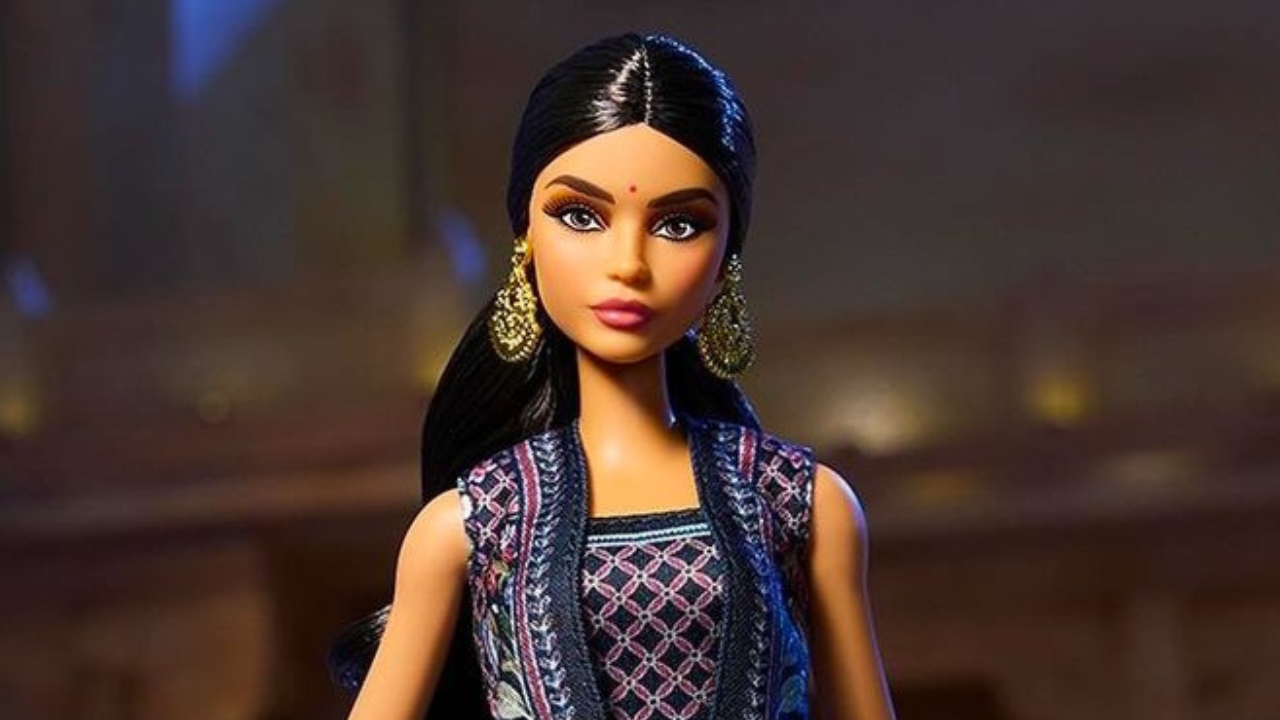
 Pop Culture9 months ago
Pop Culture9 months agoWhy We Need Representation in Toys: The Case for Diwali Barbie and Beyond
-

 Events8 months ago
Events8 months agoDorsia, Gurgaon’s One Of The Biggest BYOBs
-

 Fashion2 months ago
Fashion2 months agoYour Wardrobe Might Be Reflecting a Recession
-

 Events6 months ago
Events6 months agoWeekly Pop Culture Recap: Talkworthy Highlights from the 82nd Golden Globes Awards, Disney’s Merger with FuboTV and Much More





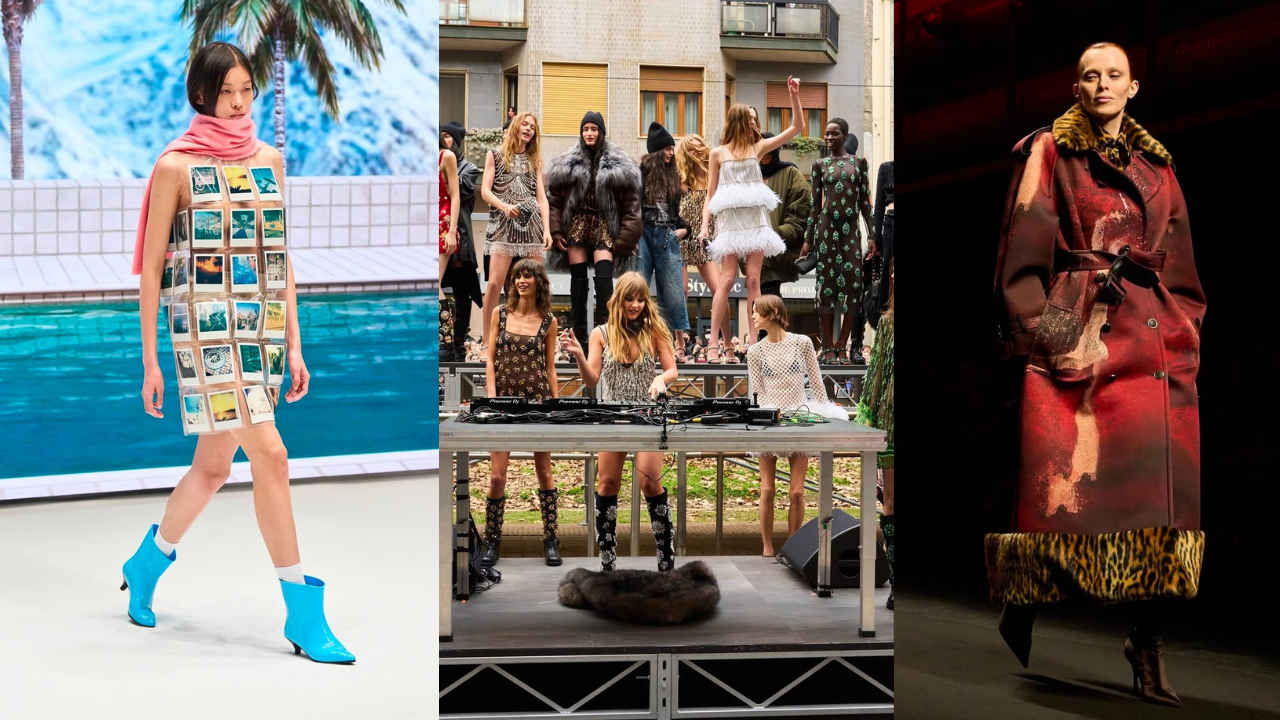

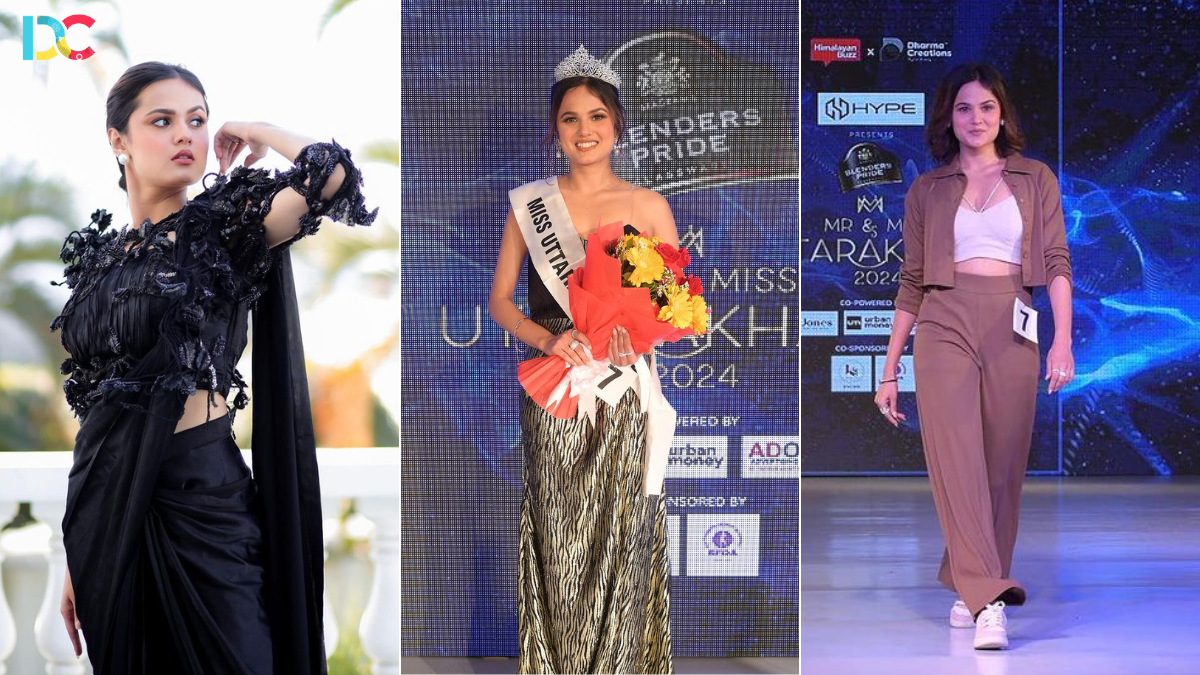








Pingback: Tushar Shahi and Saina Rautela won the title of Mr & Miss Uttarakhand 2023! - Discultured
Pingback: Exploring the Intersection of Fashion Industry and Art - A Brisk conversation with Bharat Luthra - Discultured